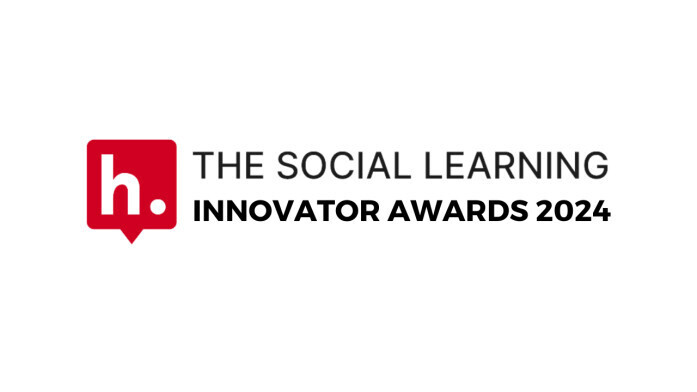This article was written by Florin Cornianu, CEO at 123FormBuilder, the web form and survey creation platform
How do healthcare organizations protect patient data in a world where employees don’t pay attention to the right security processes, where cybersecurity attacks are constantly increasing, and where technology is changing everyday? How do organizations achieve HIPAA compliance across every step of the process of collecting and managing patient data?
The process should be a well managed one, carefully designed and executed, in order to follow all of the HIPAA regulations. This way, organizations would no longer worry about the sensitivity of their patients’ data.
Here, we’ll discover together the legal rules of HIPAA, which are the best practices and recommendations to implement in your current security protocols that healthcare institutions need to comply with.
What HIPAA compliance means and which are the best practices in secure data collection?
The Health Insurance Portability and Accountability Act (HIPAA) is a regulation that entered the American law around 1996 at the proposal of the Department of Health and Human Services. HIPAA compliance refers to a set of final regulations modifying HIPAA, including changes to security rules.
According to the HIPAA Journal, in 2018, there was an approximate number of 18 data breaches that exposed more than 100.000+ medical records and which resulted in theft, unauthorized access to the information and disclosure of data.
HIPAA Security Policy explained in three easy steps
If you request sensitive information, such as social security numbers or any type of information (date of birth, telephone numbers, email addresses that may lead to the identification of a real person), then you may be subject to potential civil or criminal penalties, if your processes are not HIPAA compliant.
- Protected Health Information
The Health Insurance Portability and Accountability Act (HIPAA) requires healthcare organizations to protect all individually identifiable health data that is held or communicated in any format. These regulations can make any specific medical process a lot more difficult to execute, since doctors may want to provide a patient reference for a certain case to give a better explanation of the symptoms.
However, HIPAA forbids this. The solution to this type of security policy is to use a wide range of references or an extended geographical area, which would make individual information difficult to detect.
- Type of data that should be protected
There are many data types surrounding a healthcare organization and its patients, and they are considered PHI only if they match any individual identifiers of a specific patient. One information alone, if it’s not presented in direct correlation with a patient or an individual person will not be marked as sensitive data.
According to the HIPAA compliance regulations, any health information from the past, present and future health condition of a patient cannot be disclosed. PHI that should be protected can count up to 18 attributes, such as:
- Patient names
- Geographical elements
- Dates related to the health or identity of individuals
- Contact addresses, such as email, phone, and fax numbers
- Social security numbers
- Medical record numbers
- Health insurance beneficiary numbers
- Account numbers
- Certificate/license numbers
- Vehicle identifiers
- Device attributes
- Digital identifiers, such as website URLs, IPs
- Biometric elements, including finger, retinal, and voiceprints
- Full face photographic images
- Other identifying numbers or codes
- Which are the main patient rights
Under the HIPAA compliance regulations, patients also have the right to be informed about how healthcare organizations are managing their data. Their type can relate to different areas of medical services, such as:
- The right to receive a notice of privacy practices
- The right to receive access and request a copy of medical records
- The right to request an amendment to medical records
- The right to request special privacy protection for PHI
- Parents have the right to access a minor child’s medical records
To conclude, there are many facets of the HIPAA compliance protocols to take into account. While it may seem cumbersome to address all of them, it is important to keep in mind the reason why they are needed – and that is the patient’s welfare. Looking from the patient’s perspective, this is the level of respect, confidentiality, and attention that any of us would like to be given if it were the case.
Also, you are not alone in your endeavors to comply with the HIPAA requirements, as there are many tools out there that can help you streamline the process and provide exhaustively compliant services to your patients. With a clear picture of your needs and the requirements involved, you can quite easily plan and deliver the best solutions.
Disclosure: This article includes a client of an Espacio portfolio company









Show Comments